Which marked atom's lone pair participate in resonance phenomenon

The correct Answer is:B
Step by step video, text & image solution for Which marked atom's lone pair participate in resonance phenomenon by Chemistry experts to help you in doubts & scoring excellent marks in Class 12 exams.
Updated on:21/07/2023Topper's Solved these Questions
- GENERAL ORGANIC CHEMISTRYBook:BANSALChapter:GENERAL ORGANIC CHEMISTRYExercise:Exercise 1
Explore 30 Videos
- GENERAL ORGANIC CHEMISTRYBook:BANSALChapter:GENERAL ORGANIC CHEMISTRYExercise:Exercise 2
Explore 38 Videos
- D AND F BLOCK ELEMENTSBook:BANSALChapter:D AND F BLOCK ELEMENTSExercise:EXERCISE-4 (SECTION-B)
Explore 7 Videos
- NITROGEN COMPOUNDSBook:BANSALChapter:NITROGEN COMPOUNDSExercise:EXERCISE-4 (Section-4) SECTION -B( JEE Main Previous Question )
Explore 5 Videos
Similar Questions
Statement I: Resonating structures of
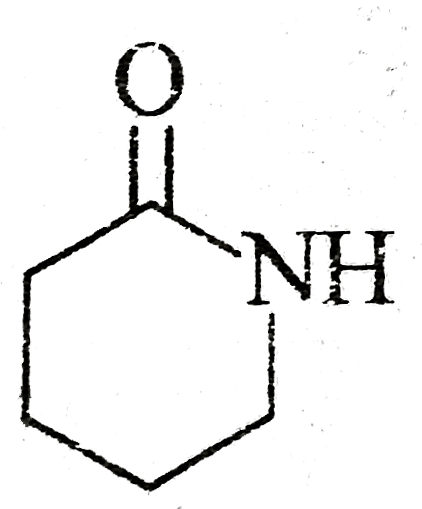 can show geometrical isomerism at room temperature
can show geometrical isomerism at room temperature
Statement II : lone pair of nitrogen will participate in resonance but only E form is stable in it's resonating structure
View SolutionIn which of the following cases lone-pair is involved in resonance :


View Solution
Knowledge Check
Which of the following groups cannot participate in resonance with benzene :
A−COOHBCOOΘC−⊕NH3D−COClIn which molecules resonance phenomenon operates-
A B
B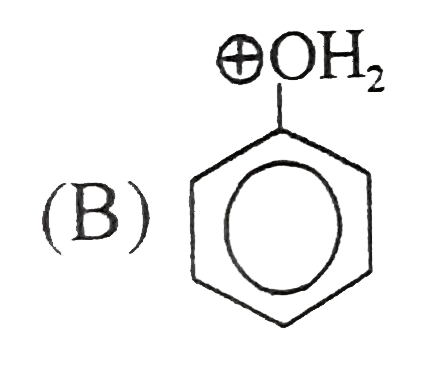 C
C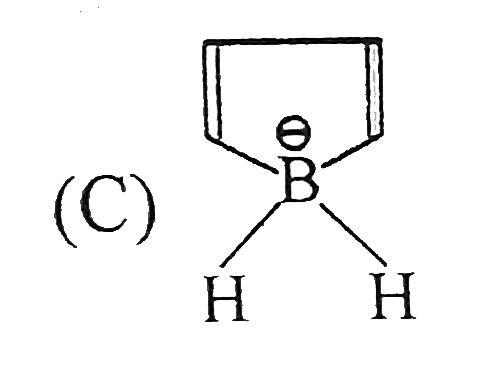 D
D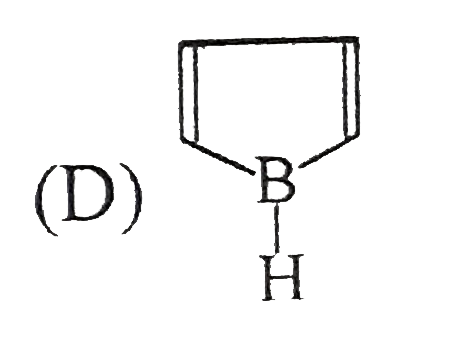
In which of the following compound, ℓp. doesn't participate in resonance ?
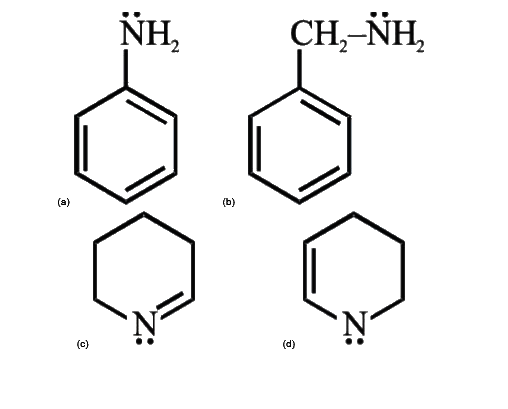 Aa and bBb and cCc and dDa and d
Aa and bBb and cCc and dDa and d
Assertion: Aniline is less basic than acetamide
Reason: Lone pair of N is involved in resonance
View SolutionIn which of the following lone-pair indicated is involved in resonance:
View SolutionWhich one of the following pairs of structures represents the phenomenon of resonance?
View SolutionStatement-1:

And Statement-2: Lone pair electrons on nitrogen in compound (I) does not participate in resonance.
View SolutionA: Pyrrole is less basic than pyridine.
R: Lone pair electron of nitrogen in pyrrole participate in conjugation to gain aromatic character.
View Solution